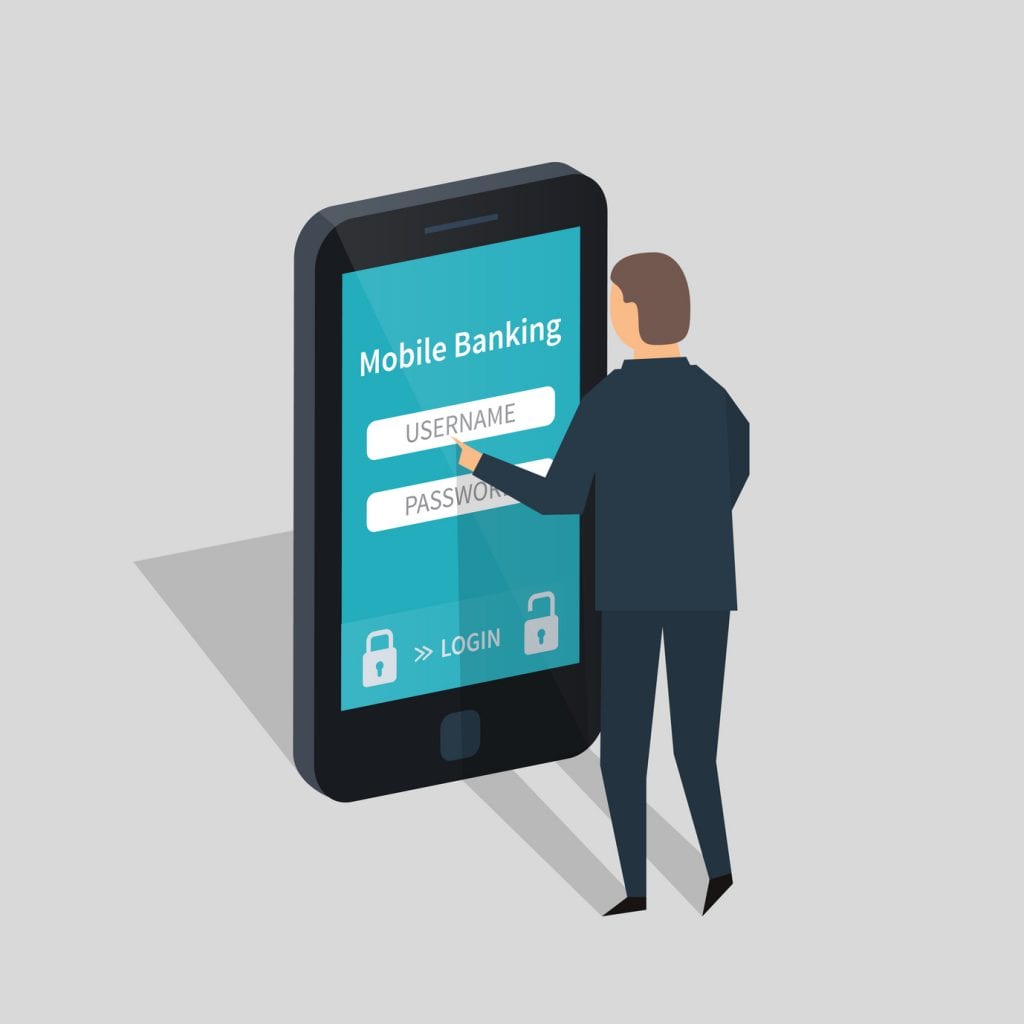In order to best serve customers in the digital age, it is important to stay on top of consumer attitudes and mobile payment trends as they happen.
By Lori Beck, Head of Sales and Business Development at Western Union Speedpay
In this day and age, Americans are practically born with a smartphone in hand. In fact, according to a Pew Research Center study conducted in late 2016, 77 percent of Americans now own a smartphone. In 2011, this number was just 35 percent, more than doubling over the past five years. Adoption rates continue to rise among even the most unexpected groups – Americans 50 and older and low-income individuals. In order to best serve customers in the digital age, it’s important to stay on top of consumer attitudes and mobile payment trends as they happen.
Here are three things you should know to make the most of your mobile strategy:
- Gen Z is coming of age. Gen X and Baby Boomers remember a time before their electric bill could be paid with a click of a button, but Millennials have come of age with this technology. Gen Z won’t remember a time before it. Billers should pay close attention to the habits and attitudes of the next generation of consumers, Gen Z, the oldest of which are just out of high school. As they come of age, rent their first apartments and buy their first cars, they will expect to pay their bills quickly, anytime and anywhere – and your company will need to be ready.
- Wallets are in. Apps are out. Mobile wallets are rising in popularity and for good reason. They’re built into consumers’ phones, don’t require a password at every login, and payments can be made in a few clicks. Mobile wallets simply make billing easy. Mobile payment apps on the other hand are being downloaded much less and a major reason is app fatigue. App fatigue refers to the weariness consumers feel about downloading yet another app on their smartphones. These apps take up space and if your website is mobile-responsive, they’re not necessary. It is more advantageous for a biller to funnel their resources into a well-developed mobile wallet experience rather than an app.
- Consumers embrace futuristic technology. Americans as a whole value privacy, so it would be reasonable to assume that most would object to the use of biometric identification (using fingerprints, voice, etc. to identify an individual) in payments. But according to a study released in May 2017, consumers not only believe that biometric technology is more secure than passwords, but that they also would like the option to use it for mobile banking. The survey also notes that biometrics drive more frequent app use, because consumers do not need to remember passwords, and consumers are becoming more and more comfortable with this technology as it is more present in their daily lives (think Siri, Alexa, and iPhone fingerprint recognition). Billers should take note: biometrics promise what consumers value – security and ease.
About Lori Beck
Lori Beck has over 15 years of experience overseeing the management of innovative projects and new products benefitting the payments and financial services sectors. For the last 10 years, she has played an instrumental role in building and promoting strategic initiatives for the Payments division of Western Union. As the current head of Sales and Business Development, she is focused on creating and executing against strategic marketing and product plans, relationship management and establishing Key Performance Indicators.
